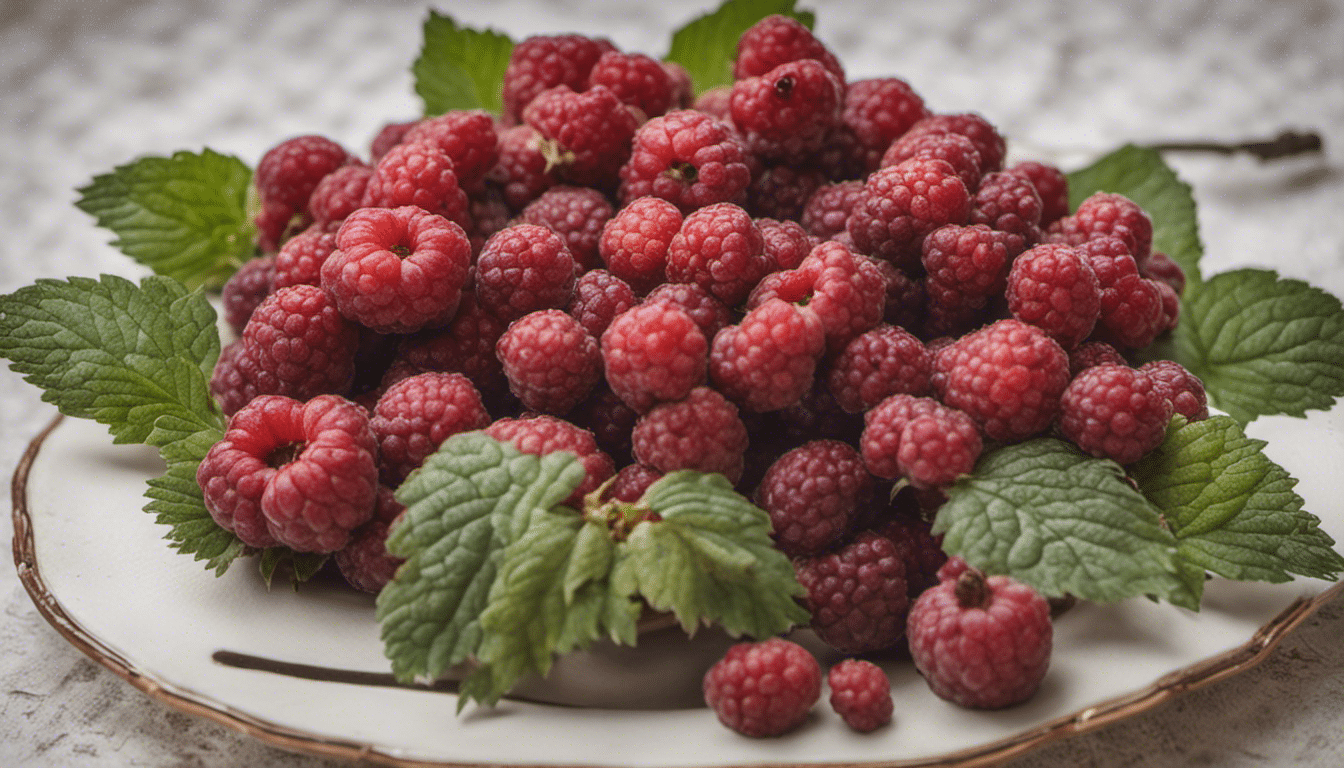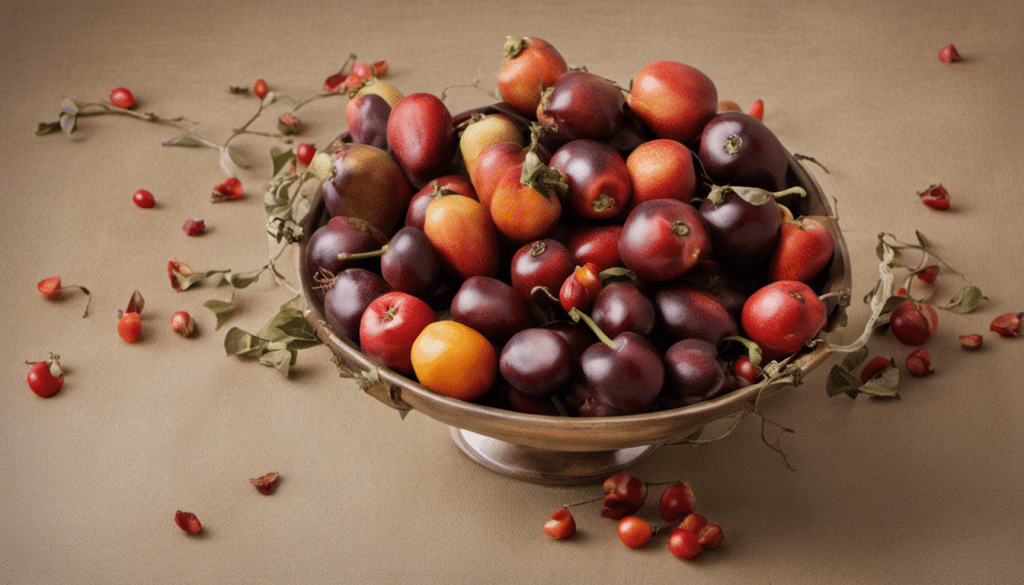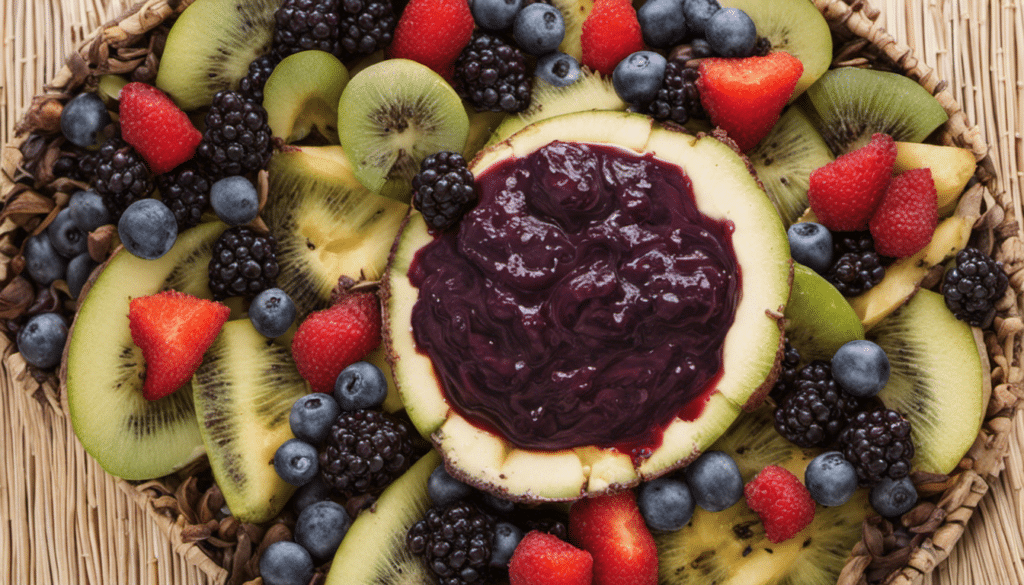All About Thimbleberries
Meet Thimbleberries, the unsung heroes of the berry world. Reminiscent of raspberries, thimbleberries are smaller, softer, and yield a unique tart-yet-sweet flavor making them a delightful surprise for the taste buds. Native to North America, they’re quite different in texture, taste, and appearance compared to more common berries. Belt out with us as we delve into the world of this enigmatic fruit!
The Distinctive Taste of Thimbleberries
While visually resembling raspberries, thimbleberries remarkably have a taste all their own. They possess a delectable combination of tartness and sweetness, somewhat akin to the wild cousins of raspberries and blackberries. Some even detect a slight hint of floral notes and citrus undertones within its flavor profile. Particularly unique is the thimbleberry’s texture — its soft skin and lack of any small crunchy seeds, unlike most berries, result in a creamier mouthfeel.
Health Benefits of Thimbleberries
Besides their delightful taste, thimbleberries carry a suitcase full of health benefits. They are a rich source of vitamins C and A, both vital for skin health and strengthening our immunity. They’re also filled to the brim with dietary fiber, helping digestion while facilitating healthier weight management. Packed with a plethora of powerful antioxidants, thimbleberries help in combatting the damaging effects of free radicals and reducing the risk of chronic diseases.
Interestingly, thimbleberries are a source of ellagic acid, a compound found in some fruits and nuts, known for its potential anti-cancer properties. According to a study published in the National Institute of Health, ellagic acid has shown promising results in inhibiting cancerous cell growth and suppressing cancer cell proliferation.
Cultivating Thimbleberries
For those with green thumbs, thimbleberries can be a rewarding addition to your home garden. However, they do pose certain challenges as they’re extremely delicate and lack a long shelf-life. They thrive best in cool climates and prefer woodland environments with damp, well-drained soil. The U.S Forest Service suggests that these berries also play a crucial ecological role in the forest ecosystem and provide a food source for various wildlife species.
In culinary applications, thimbleberries are a real treat. Their unique flavor helps them stand out in pies, tarts, jams, jellies, and even salads. Bring a jar of homemade thimbleberry jam to your next family gathering for a heart-warming (and palate-pleasing) homemade gift. Not only will you give them something delicious to savor, but also introduce them to a whole new world of unfamiliar yet abundant flavor packed with health benefits.




